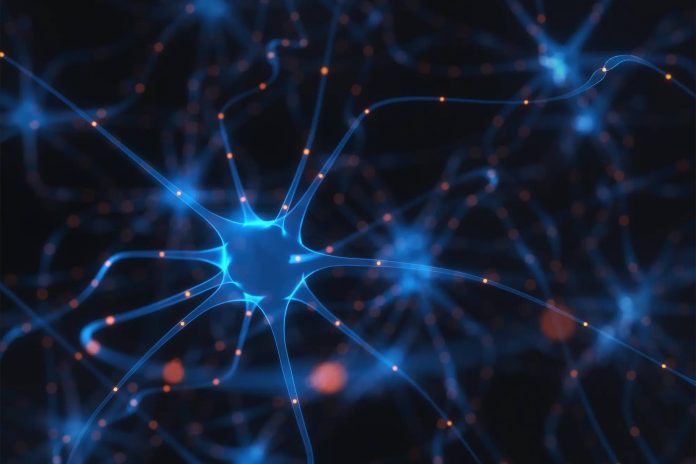The human brain has a specific circuit that developed to extinguish the memories of traumatic events and repeated exposure to traumatic situations. This circuit can be temporarily or permanently damaged as evinced in cases of clinical anxiety disorders and post-traumatic stress disorder. Olena Bukalo from the Laboratory of Behavioral and Genomic Neuroscience of the National Institute on Alcohol Abuse and Alcoholism at the National Institutes of Health in Bethesda, Maryland and colleagues are the first to learn how to manipulate this neuronal circuit with light.
The researchers worked with mice because the brain chemistry and physical arrangement of mouse brains are identical to human brains. They found a specific pathway between the prefrontal cortex and the amygdala that normally allows a person or a mouse to extinguish the memory of a traumatic experience. The researchers were able to prevent the circuit from working normally using optogenetic stimulation. Optogenetic stimulation uses specific frequencies of light to activate or inactivate a neuron or group of neurons. The researchers also found that normal communication between the prefrontal cortex and the amygdala in mice that had symptoms similar to PTSD could be restored.
The study also indicates that increasing the level of communication between the two areas of the brain produces an increased ability to extinguish a traumatic memory or a set of recurring traumatic memories. The discovery may be the key to treating PTSD in humans and eliminating the cause of PTSD. Most successful therapies for treating PTSD are based on producing memory extinction with drugs or conditioning. Naturally, humans cannot be equipped with a device that is constantly connected physically to a small region of their brains. The technology has been shown to work to a limited degree without any invasive surgery.















